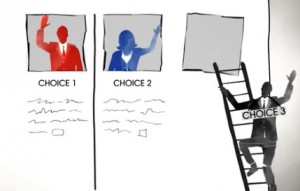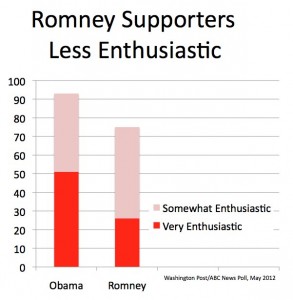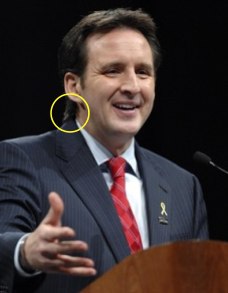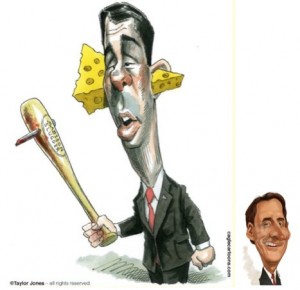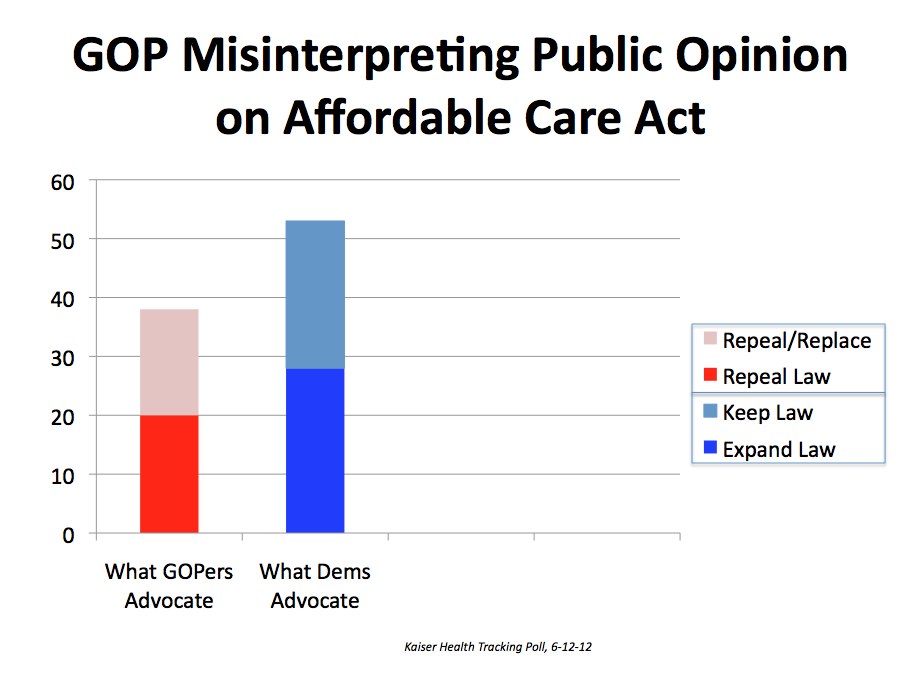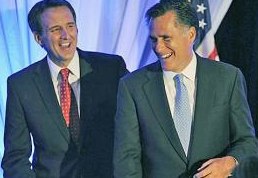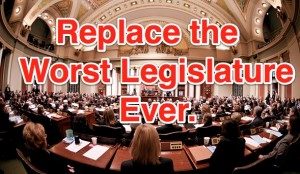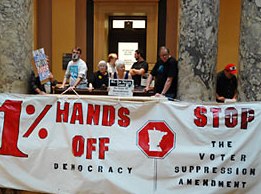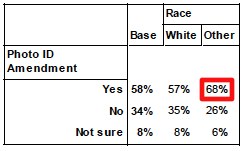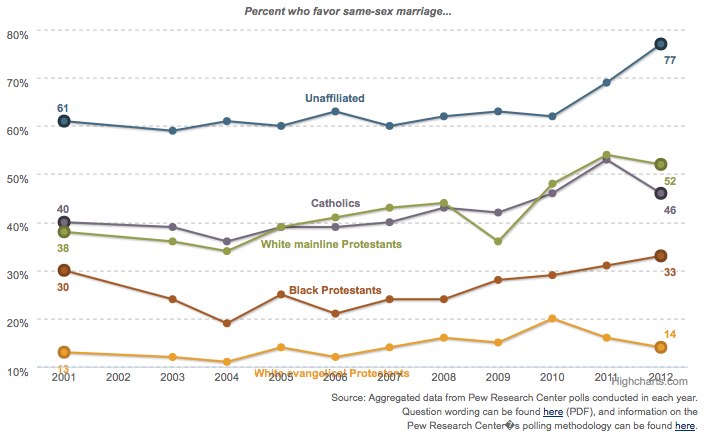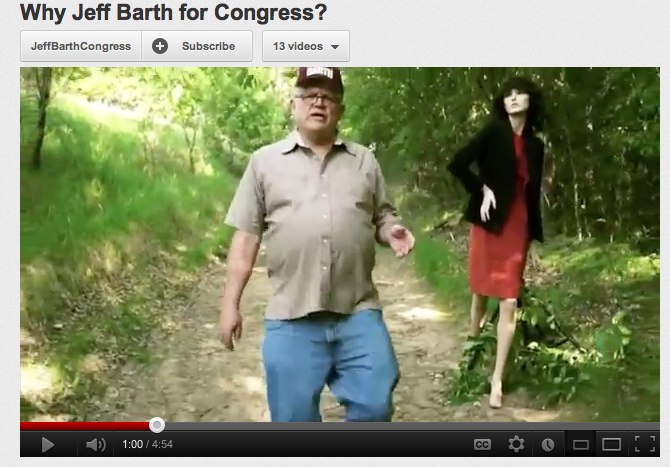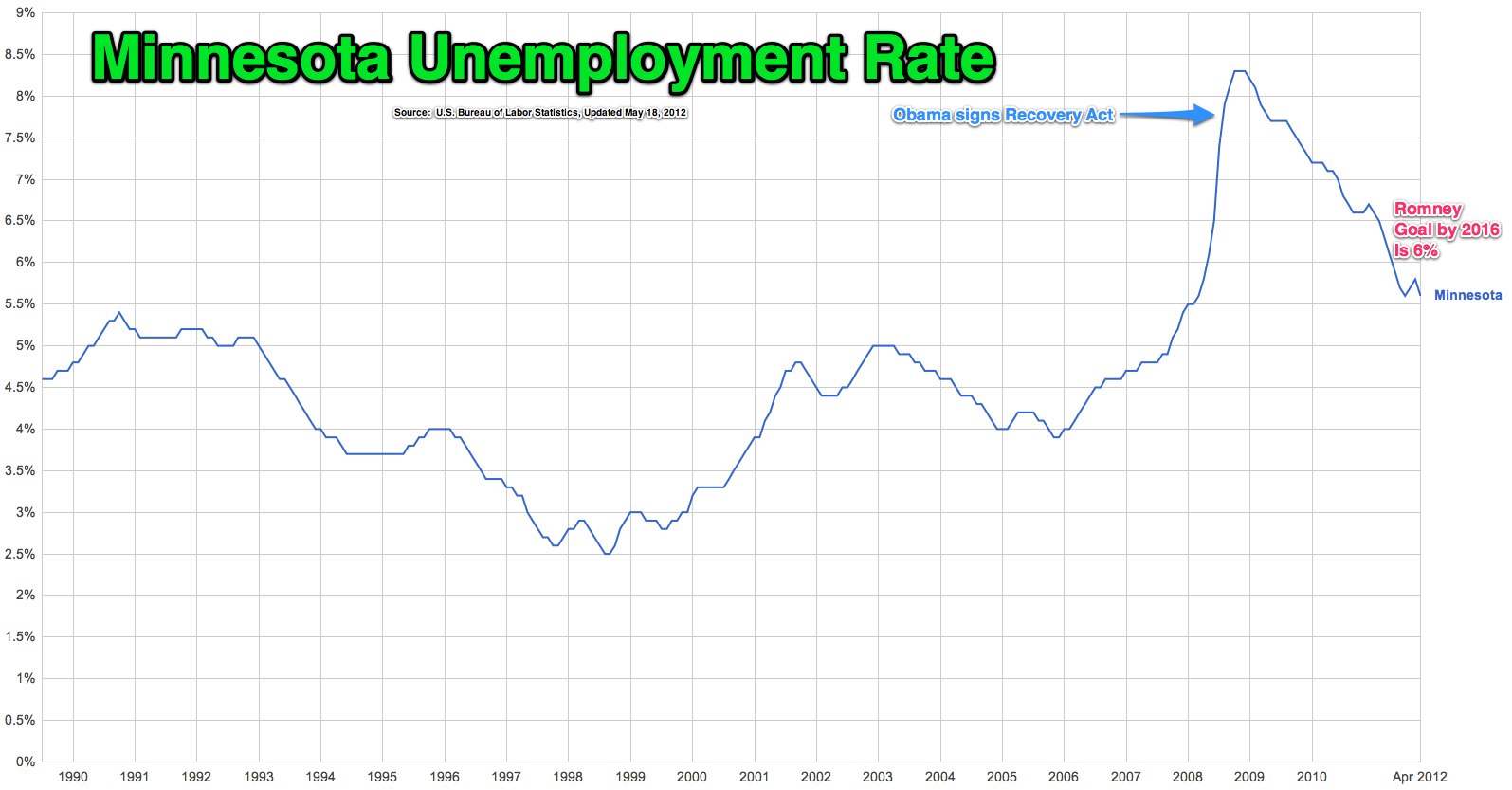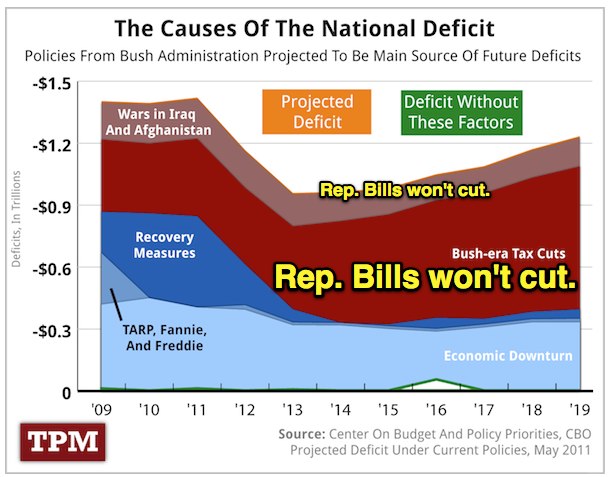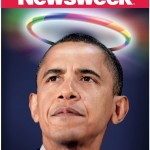 Today, Republican congressional candidate Mike Parry charged that Governor Mark Dayton is “scary” because Parry supposedly witnessed the Governor taking 15 or 16 pills at a breakfast meeting.
Today, Republican congressional candidate Mike Parry charged that Governor Mark Dayton is “scary” because Parry supposedly witnessed the Governor taking 15 or 16 pills at a breakfast meeting.
Then the news cycle takes off: Dayton says the claim is a lie. Parry says that it may not have been that many pills, but doesn’t back off the rest of his statement. The Star Tribune notes that Dayton takes anti-depression medication, and that Parry stopped short of calling the Governor a drug addict.
All of the sudden, the Governor has to deny he is a drug addict?
Whoa, whoa, whoa.
You want to know what is truly “scary?” It’s scary that anyone would even think to make the alleged taking of medication before a meal an issue. Though the Governor says Parry’s story is not true, and we should take him at his word, SO WHAT if it was true?
Go ask some of your older friends and relatives how many pills – prescription, over the counter and supplements — they take every day. You may very well hear a number that could be approaching 15, or could be mistaken by nosey onlookers as being in that range.
And you know what? That makes them neither scary nor a drug addict.
I have a confession to make. I too am “scary.” Today, I took three fish oil capsules, a baby aspirin, a multivitamin, over-the-counter allergy medicine, and two types of prescription asthma medications. If someone who hated me was watching me take my handful of daily meds, he might delude himself into believing that this handful of pills makes me a scarry drug addict.
Despite those eight medicines, I run about 20 miles per week, have healthy vital signs, and only am certifiably crazy when I hear about things like Mike Parry’s accusation.
I suspect that the inneuendo game Parry is playing is to remind his fellow Dayton haters that Dayton, gasp, takes depression medication, something Dayton long ago disclosed, prior to be elected Governor. I suspect that in Parry’s very small mind, taking depression medication somehow equates to “scary.”
But may I remind the wannabe Congressman that about 10% of the population – 27 million people – take depression medication, and the vast, vast majority of them function extremely well in their chosen fields.
Unless I’m missing something here, Mike Parry owes an apology to the Governor, the millions of people who are responsibly and effectively treating their depression and the millions more who take multiple medications per day to keep themselves healthy.
If Mr. Parry must worry about addiction, maybe he should worry about his own apparent addiction to childish personal cheapshots.
– Loveland



